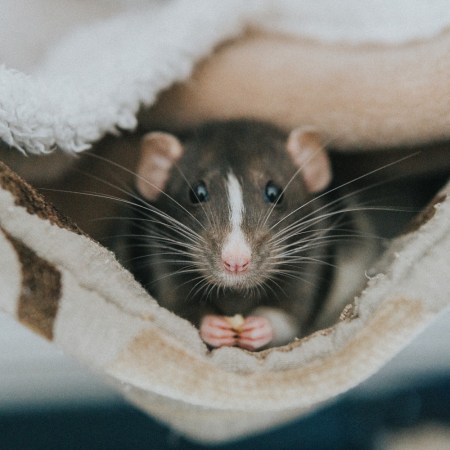A syndicate of researchers recently held a double-secret sub rosa conference at Harvard Medical School. No contact with the media was permitted — no social media posts, no public dialogue; everything was to remain in the vault.
Their reason for gathering: to contemplate the creation of the first entirely synthetic human genome. But even the thought has generated a wave of stigma. If the initiative is pursued, its implications will be far-reaching and irrevocable. “It might be possible,” the New York Times posited, “to use a synthetic genome to create human beings without biological parents.”
The research isn’t just perceived as an evil science, of course: its application could potentially treat a variety of medical conditions and birth defects.
But will the potential benefits outweigh our collective anxiety towards the project? And how long do we have to figure that out?
Here are the broad strokes currently stoking the debate.
Are mad scientists behind this?
Bioethicists are looking at the extremes. If we’ve come this far, what’s to stop us from making designer babies with the best possible genes, Gattaca style? And who would have access? If this is a case of haves and have nots, isn’t it possible that it would cause an avalanche of socioeconomic inequalities?
Scientists leading the study assert that their intentions have been ill-framed. The current project — a follow-up to the original Human Genome Project — they insist, is not an X-Files experiment restricted to only human genomes, but instead research that would assist efforts in improving DNA synthesis, which would be used to alter existing genetic structures (primarily of other organisms) for various applications.
The program doesn’t have sufficient funding yet, but a coterie of companies and foundations have showed interest.
What does “gene synthesizing” even mean?
Modifying DNA in cells is currently practiced by an array of industries. Basically, it means splicing foreign genes or moving current ones around to achieve a desired phenotypical (that is, observable) effect. Drug companies, for instance, routinely use these methods to create drug treatments, and the agriculture industry uses them to genetically modify crops (see: the stigma surrounding GMOs).
Sometimes it’s easier to synthesize a gene rather than playing alphabet soup. Yeast, for example, is currently used for tons of fragrances and flavorings. Changing the organism’s structure requires numerous genes to be added, and that exercise is error-prone and expensive, to the extent that many believe synthesizing them from scratch — rather than tinkering with their existing makeup — would be a cost-effective measure.
The human genome, though, is 200 times larger than yeast’s, with three billion base pairs — the current cost of synthesizing that: about $90 million. But powerful gene-editing tools, such as the Sean Parker-funded and soon-to-debut CRISPR, are easing the process. CRISPR was historically used to protect yogurt bacteria from infections, but is now being harnessed to edit genes of more complex organisms and treat genetic illnesses/cancer.
Synthesizing a gene or an entire genome, however, may lead to more comprehensive changes. The proposed project would write the entire human genome instead of reading it, which could subsequently be used to create humans without biological parents.
OK, but how the hell do they do that?
Scientists recently cloned cells from two adults — two men, one 35, the other 75 — to create early-stage embryos, which then developed an identical structure to the donors’ DNA. An earlier study conducted with infant and fetal cells confirmed the breakthrough with mature ones.
In both trials, scientists replaced the DNA from a developing human egg with DNA from the older donors. The egg reprogrammed itself with the surrogate DNA, which was then transferred to a petri dish bearing stem cells that exactly matched the sponsor’s DNA. These stem cells could then be turned into other tissue types, which could be subsequently implanted into a patient without activating an immune rejection.
These experiments, though are beset with controversy: extracting a developing human embryo’s DNA kills the egg.
A slippery slope perhaps? Eugenics programs next?
A conference was held in Washington at the end of December last year to address the debate, and CRISPR was at the center of it. Scientists argued that edits to the human germline — the type of genetic cells that contain inherited traits — would be passed on to children and over a period of time could alter the human gene pool, essentially changing the nature of our species.
And many traits — intelligence, for example — are determined by a host of interconnected genes, and each typically has more than one effect. If revised, these secondary influences could cause irreversible outcomes.
Then again, some scientists pointed to CRISPR’s rapid advancements and declining erroneous splicing, which has been reduced to less than one per three million base pairs of DNA. There’s also the fact that banning medical research could push it underground and into an ungoverned black market.
And really, we’d prefer things out in the open before this happens.
This article appeared in an InsideHook newsletter. Sign up for free to get more on travel, wellness, style, drinking, and culture.
























